Orthodontics is a specialized branch of dentistry that focuses on the diagnosis, prevention, and treatment of dental and facial irregularities. The primary goal of orthodontic procedures is to achieve proper teeth alignment, enhance facial aesthetics, and improve overall oral health. This article provides a detailed overview of common orthodontic procedures, including traditional braces and innovative treatments like Invisalign.
- Initial Assessment and Diagnosis:
The orthodontic journey typically begins with a comprehensive examination and diagnostic assessments. Orthodontists use X-rays, photographs, and impressions of the teeth to identify issues such as malocclusion (misalignment), overcrowding, and bite irregularities. This thorough evaluation enables the orthodontist to create a personalized treatment plan tailored to the patient’s specific needs.
- Traditional Braces:
Traditional braces are a time-tested and effective method for correcting dental misalignments. These consist of metal brackets bonded to the teeth and connected by wires. The wires are adjusted periodically to gradually move the teeth into the desired positions. Today, modern braces are more comfortable and aesthetically pleasing than their predecessors, with smaller and less noticeable brackets.
- Innovative Alternatives – Invisalign:
Invisalign represents a revolutionary advancement in orthodontic treatment. This system utilizes a series of clear, removable aligners that are custom-made for each patient. Invisalign aligners are virtually invisible, providing a discreet and convenient option for individuals seeking orthodontic treatment without the visibility of traditional braces. They are also removable, allowing for easier oral hygiene maintenance and the ability to enjoy certain foods without restrictions.
- Treatment Duration:
The duration of orthodontic treatment varies depending on the complexity of the case and the chosen method. Traditional braces typically require a longer treatment time, often ranging from 18 months to several years. In contrast, Invisalign treatment may take approximately 12 to 18 months, with the added benefit of fewer in-office visits.
- Oral Hygiene and Maintenance:
Maintaining optimal oral hygiene is crucial during orthodontic treatment to prevent issues such as plaque buildup and tooth decay. Regular dental check-ups and cleanings are essential, and patients with traditional braces must pay extra attention to cleaning around brackets and wires. Invisalign users can maintain their regular oral hygiene routine as they can remove the aligners for brushing and flossing.
- Post-Treatment Care:
After the active phase of orthodontic treatment is complete, patients transition to the retention phase. Retainers, either removable or fixed, are prescribed to maintain the achieved results and prevent teeth from shifting back. Compliance with retainer use and regular follow-up appointments are critical for the long-term success of orthodontic treatment.
- Benefits Beyond Aesthetics:
While a beautifully aligned smile is a significant benefit, orthodontic treatment goes beyond aesthetics. Proper teeth alignment contributes to improved oral function, reducing the risk of issues such as jaw pain, headaches, and temporomandibular joint disorders (TMJ). Additionally, correcting malocclusions can enhance overall facial symmetry and boost self-confidence.
Orthodontic procedures have evolved significantly over the years, offering patients a range of options to achieve a straight and healthy smile. Whether opting for traditional braces or embracing the convenience of Invisalign, the journey to optimal oral health involves careful planning, personalized treatment, and commitment to post-treatment care. Consultation with an experienced orthodontist is the first step towards a transformative smile and improved overall well-being.

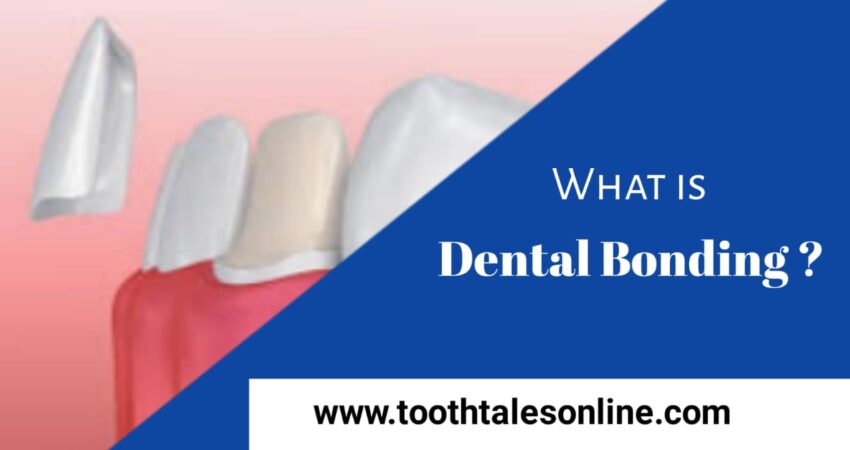

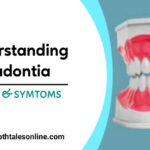




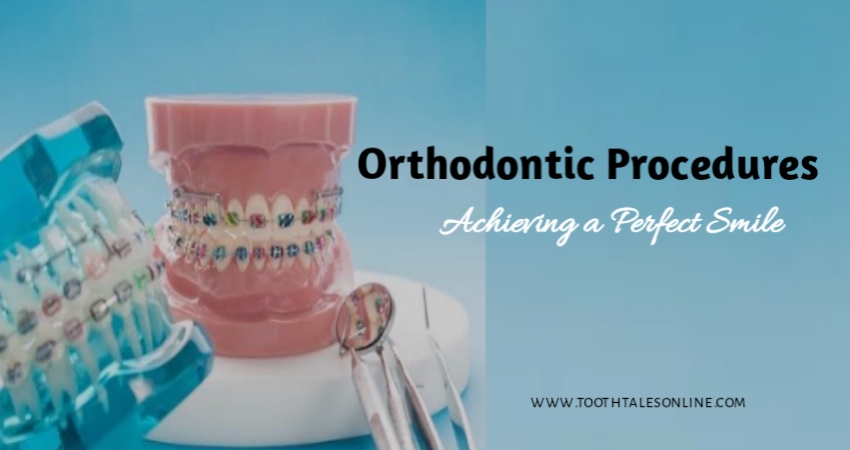
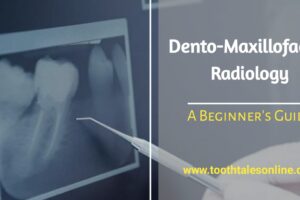

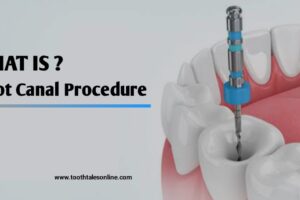










Add Comment